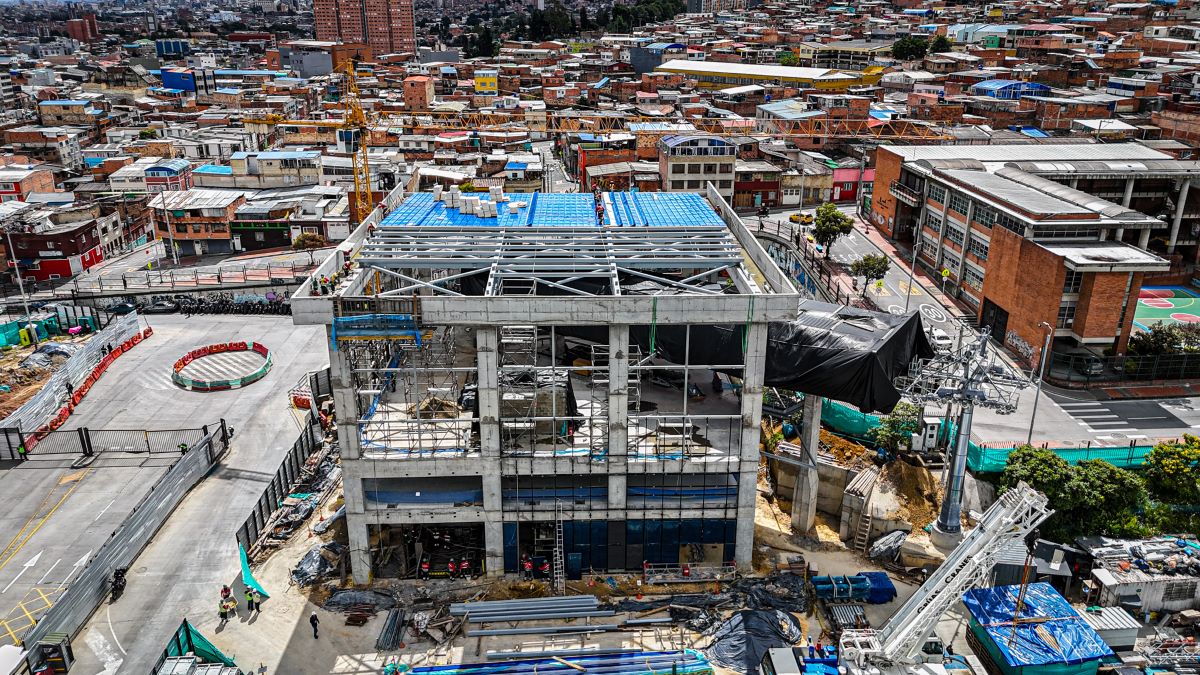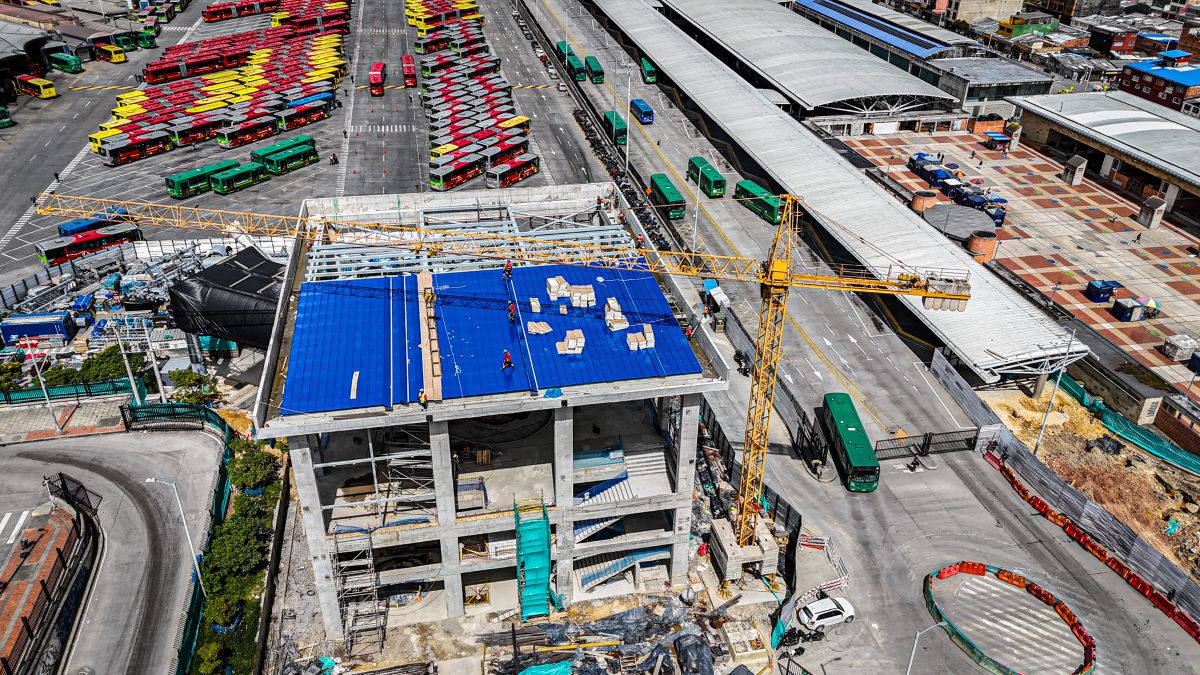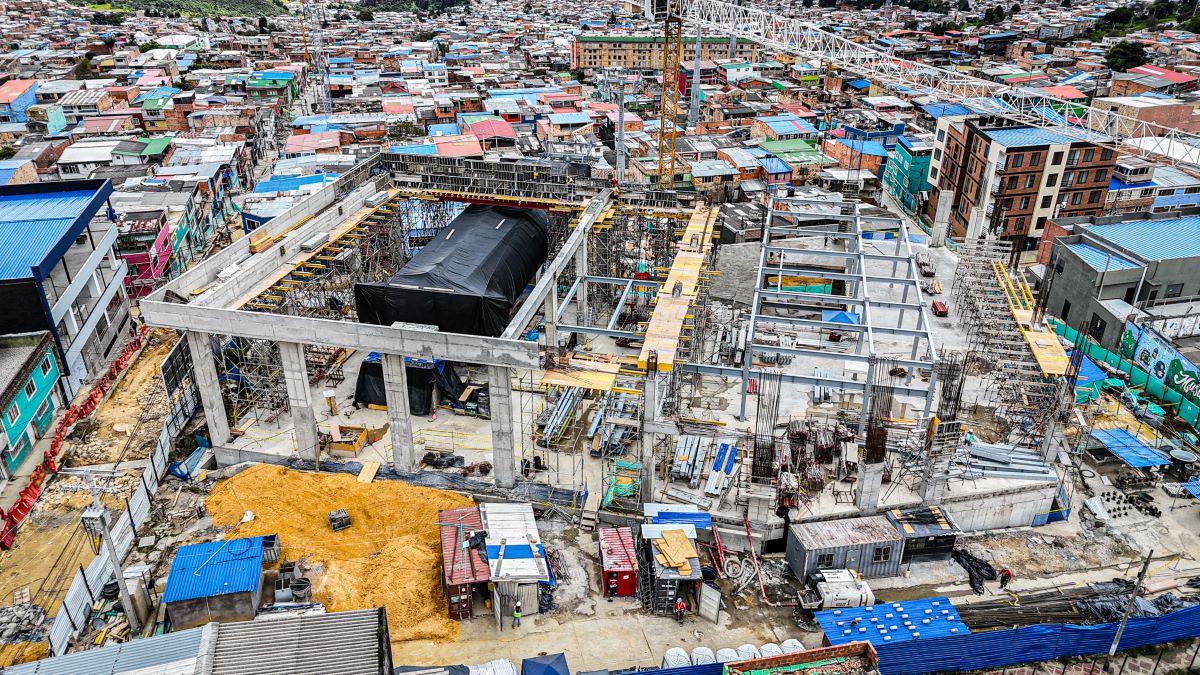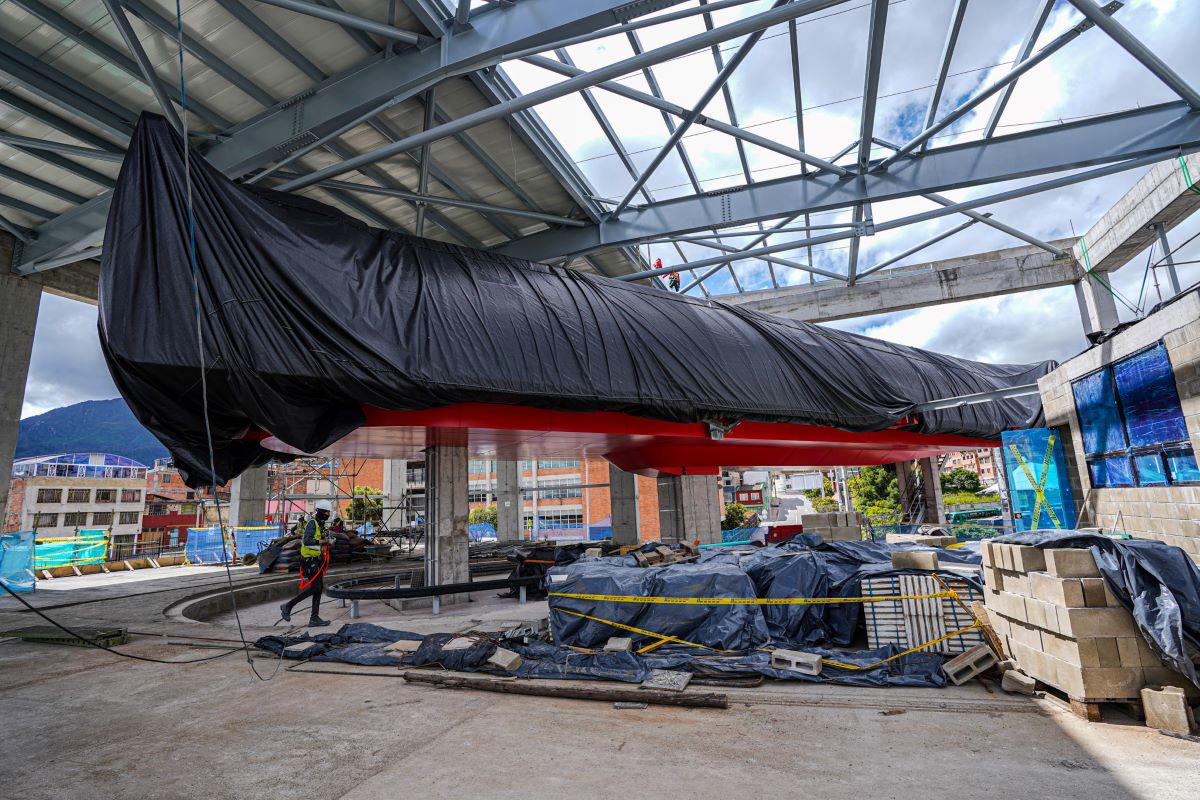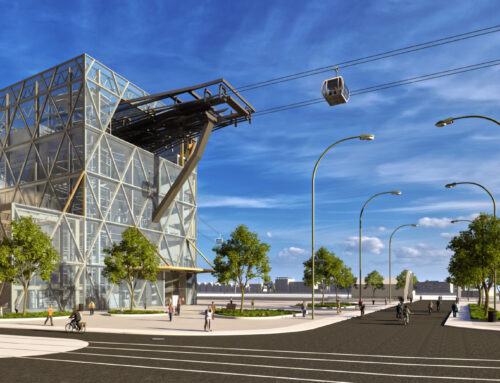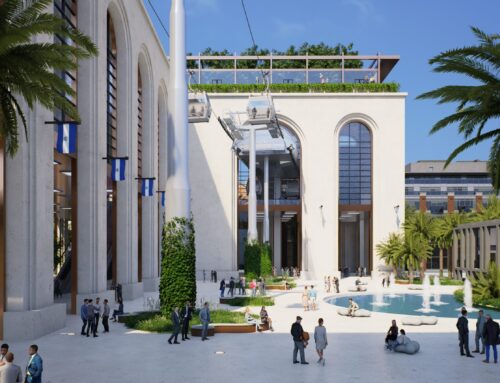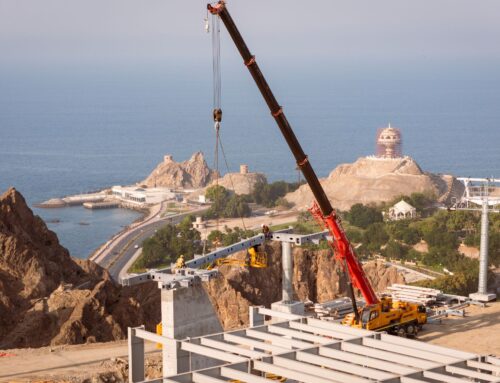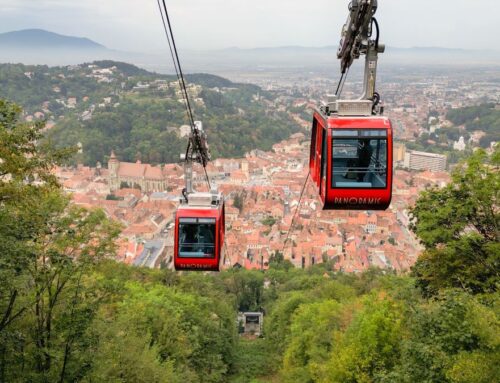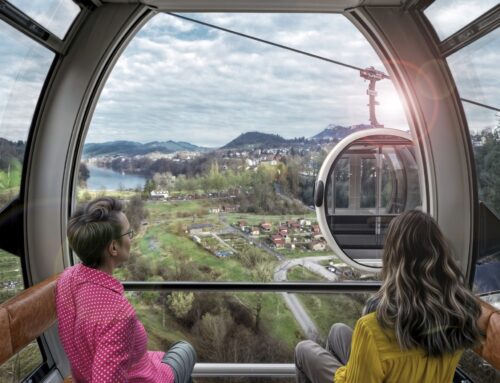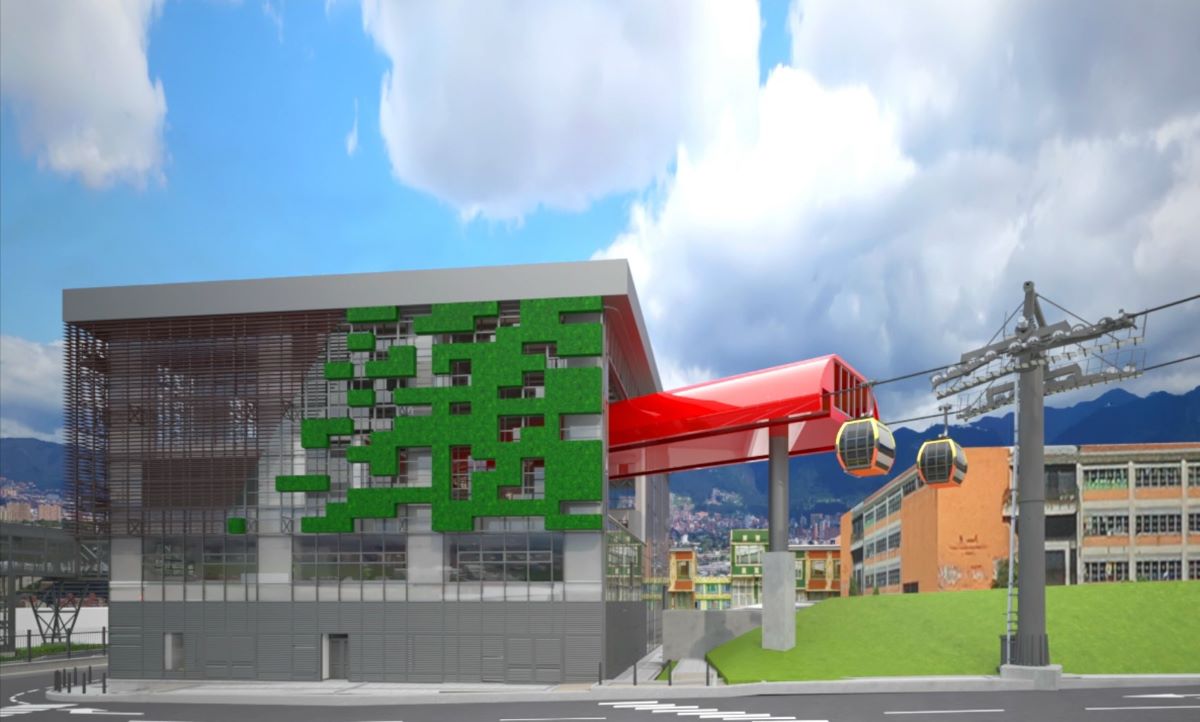
Cities
The Secretary of Mobility for Bogotá: Seven Cable Cars Would Be Needed
SI Urban: How has the cable car improved citizens’ lives, aside from optimized access to public transportation?
Claudia Díaz: The cable car has had a primarily social impact. The neighborhood of Ciudad Bolívar used to be on the outskirts of the city and felt like a hidden community – nobody really knew much about it or how to get there. The cable car brought the district into the spotlight and fostered a sense of community.
Residents began beautifying their neighborhoods around the stations, sending a message: “We’re here, we care about our community, and we want you to visit us.”
Public transportation projects are not just about moving people – they’re about connecting them. The cable car has clearly strengthened the sense of community along its route.
Claudia Díaz

On Instagram, you show yourself personally using the cable car. Why?
I’m actually very proud of this project – and of the transportation and mobility sector as a whole. Thanks to this cable car – the first of its kind in the city – we’ve been able to demonstrate how we can create more socially inclusive projects.
When we organize events through the Ministry of Transport, we ask ourselves: “Why shouldn’t these events take place in Ciudad Bolívar?” We want to encourage all our guests to come to the station, use the bus rapid transit (BRT, bus-only lane), and then transfer to the cable car.
We’re trying to be present, to show that something is happening in Ciudad Bolívar, and that it’s a place worth visiting. We’re leading by example: we go there, we work there, we hold meetings there – and even the mayor is getting involved.
TransMiCable
connects Bogotá’s steep, low-income district Ciudad Bolívar to the city’s Bus Rapid Transit system since December 27, 2018.
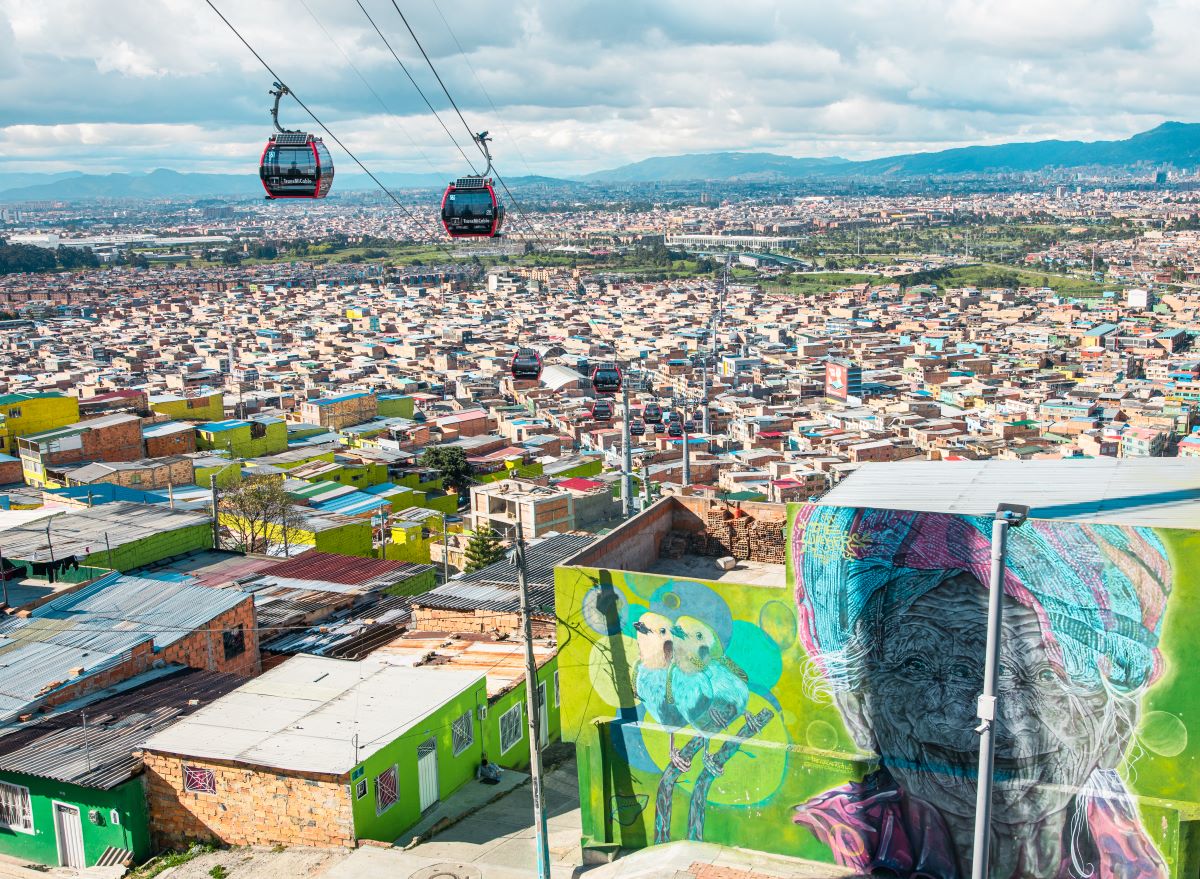
How is this cable car integrated into the city’s transport system? Is there one ticket that covers, for example, buses, trains, and the cable car?
Yes, it is 100 percent integrated. There is just one ticket valid for a 125-minute period. You only pay once, whether you’re using the BRT system, the cable car, or both. You don’t have to pay twice.
Within those 125 minutes, you can make up to two transfers for free. For example, you can take the cable car, then switch to the BRT system, and finally transfer to a regular bus that runs in mixed traffic — all with the same ticket. So, our public transport system is fully connected and completely integrated.
How many people currently use TransMiCable daily and annually?
The system serves about 30,000 users daily, which amounts to around 8 million validations annually.
Have these figures grown since the project opened?
There has been an average increase of around 8 percent past year compared to 2023. Since its opening, the cable car has become very popular — almost everyone around it uses it now because it only takes about 18 minutes to travel from top to bottom. It has been very attractive right from the start.
The cable car has a single-ticket system:
It is valid for a 125-minute period. You only pay once, whether you’re using the bus, the cable car, or both.
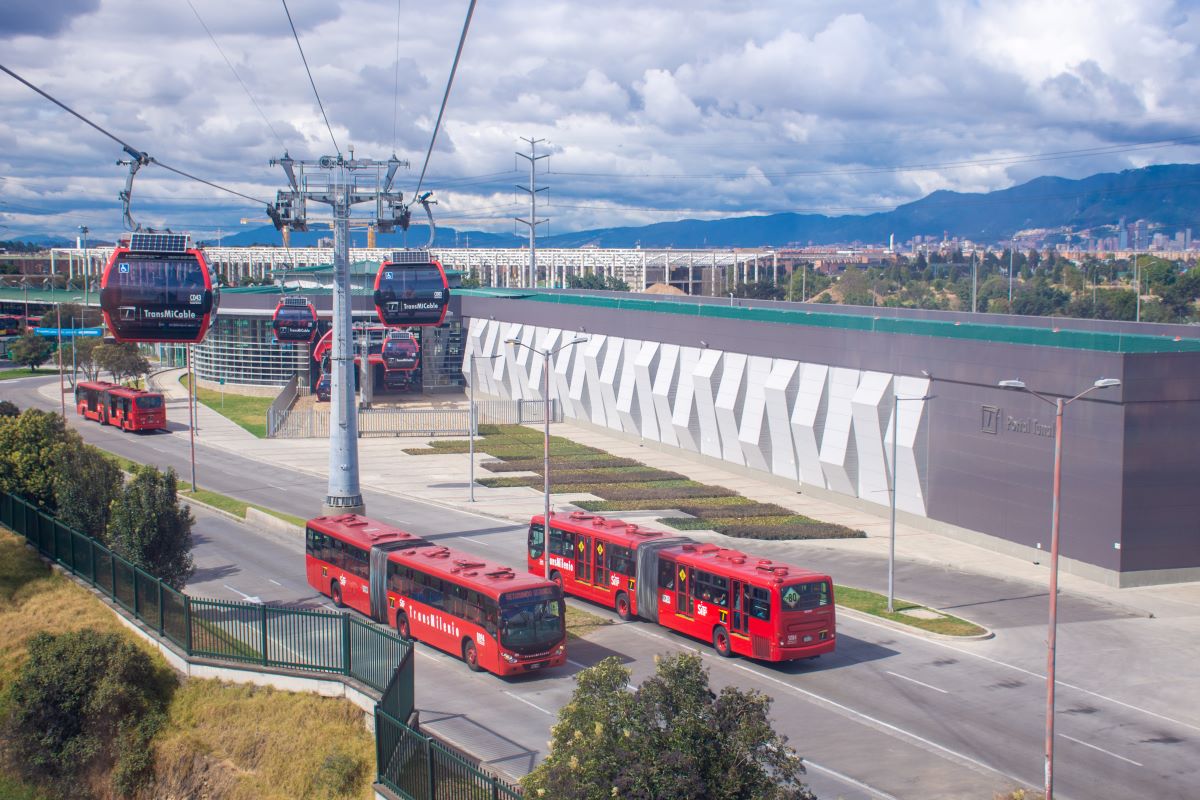
There are many advantages to using the cable car, but sometimes infrastructure improvements lead to increased property prices in the areas where they are introduced.
Ciudad Bolívar has become a better place to live since the cable car was built. Has the cost of living, such as the price of flats, also increased in this area?
I don’t think so. Ciudad Bolívar is a low-income area, and what people are doing now is trying to show pride in their neighborhood. They’re painting walls and making the area more attractive to visitors and residents alike.
However, this doesn’t mean that property prices have increased. I would say the prices have remained about the same because it continues to be a low-income community.
So, I don’t think the cable car project has caused gentrification or pushed people out. Sometimes when new projects come in, long-time residents leave because they can’t afford the rising costs, but that’s not the case in Ciudad Bolívar.
Since its opening, have there been any major updates or maintenance works on the cable car?
We have daily maintenance, as well as weekly, monthly, and annual checks. The system is constantly monitored. Every day before opening to passengers, a full test is conducted to check that everything is running smoothly. If everything is okay — which is usually the case — the system operates as normal.
So, it’s really all about continuous monitoring and regular maintenance of the system components.
TransMiCable cut travel time for Ciudad Bolívar residents by about 20 minutes.
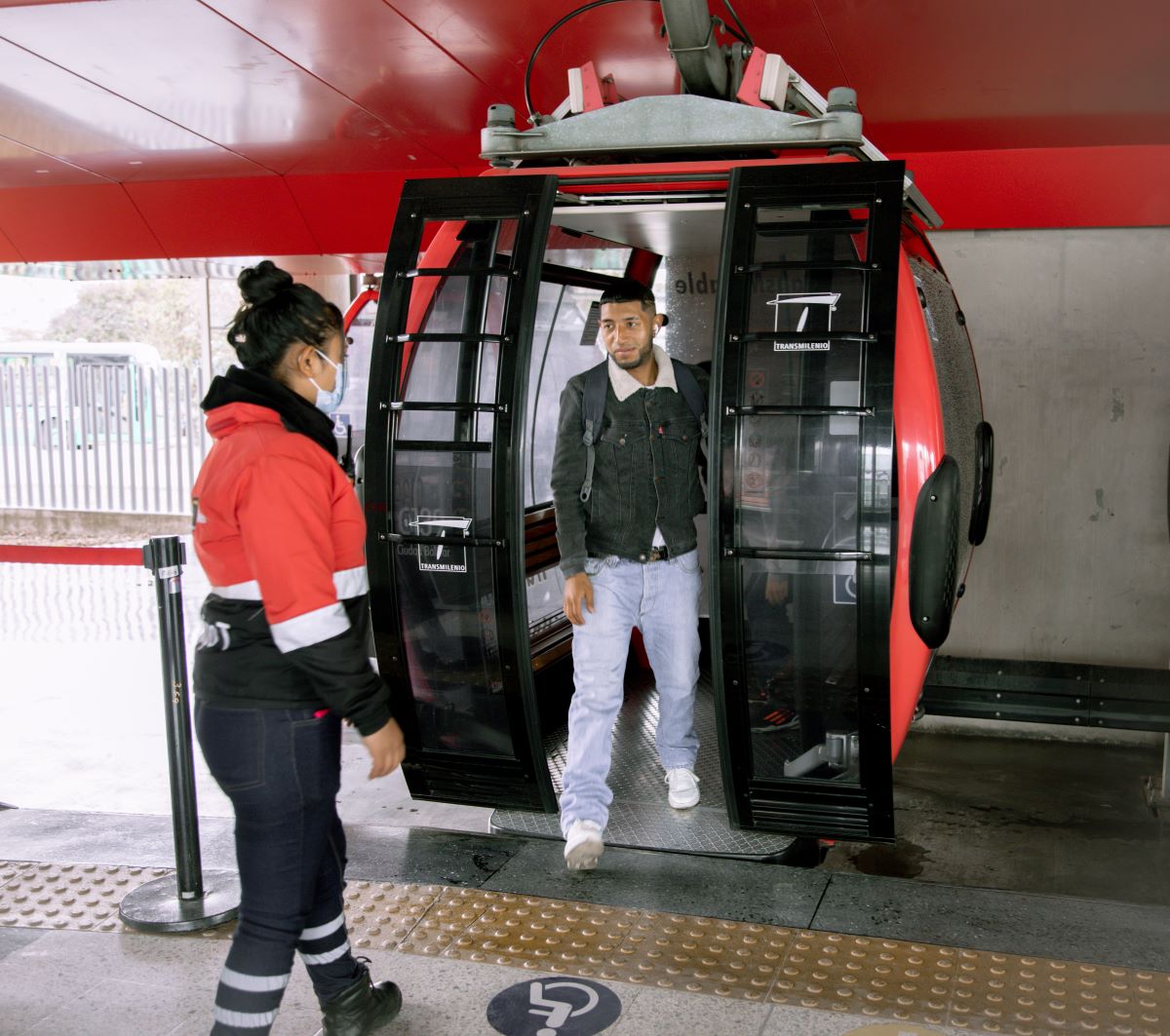
How was the project financed, and is it expected to recoup the investment?
The project was financed through a combination of local and international sources. We received support from the International Finance Corporation, a member of the World Bank Group. The city secured a loan of $30 million as part of a larger public transportation package, and about $8 million came from national resources specifically to finance the cable car.
Regarding recovering the investment, that’s a tricky issue. The tariff users pay does not fully cover the actual costs because many cannot afford the full price. There is a gap between the real cost and what passengers pay, so the system is subsidized. This is part of the overall policy for public transport in Bogotá, not just for the cable car. In fact, the city subsidizes around 52 percent of the real cost, while passengers cover only about 48 percent .
However, when you consider all the social benefits – like reduced travel time, improved quality of life, and overall wellbeing – you could say the project does pay off socially, even if financially there is a gap. The city acknowledges this subsidy and plans to maintain it going forward.
Are there plans for new cable cars in Bogotá?
We have two new cable cars coming. One is scheduled to start operating, if everything goes according to plan, in February 2026. It will be located in another area of the city with characteristics similar to Ciudad Bolívar – San Cristóbal, which is also on a hill and faces social and mobility challenges.
We’re really happy to be able to provide a new cable car in an area that needs it the most.
The second one will be in Potosí, also in Ciudad Bolívar. It is planned to begin operations, again if everything goes according to plan, in January 2027.
Cable car construction works in the San Cristóbal area.
© Instituto de Desarrollo Urbano
Could you please share some details about the San Cristóbal cable car?
San Cristóbal is currently under construction. The cable car will be 2.8 km long and will have three stations: 20 de Julio, La Victoria, and Altamira.
We expect it to benefit more than 400,000 people from the southeast of the city, with a daily capacity of around 34,000 passengers – about 4,000 people per hour.
Construction is currently 63 percent complete, and we expect the cable car to be operational by February 2026.
The cost is estimated at around $80 million. Approximately 420 people from the local area are working on the project.
Rendering of the station “La Victoria station” on the San Cristóbal cable car.
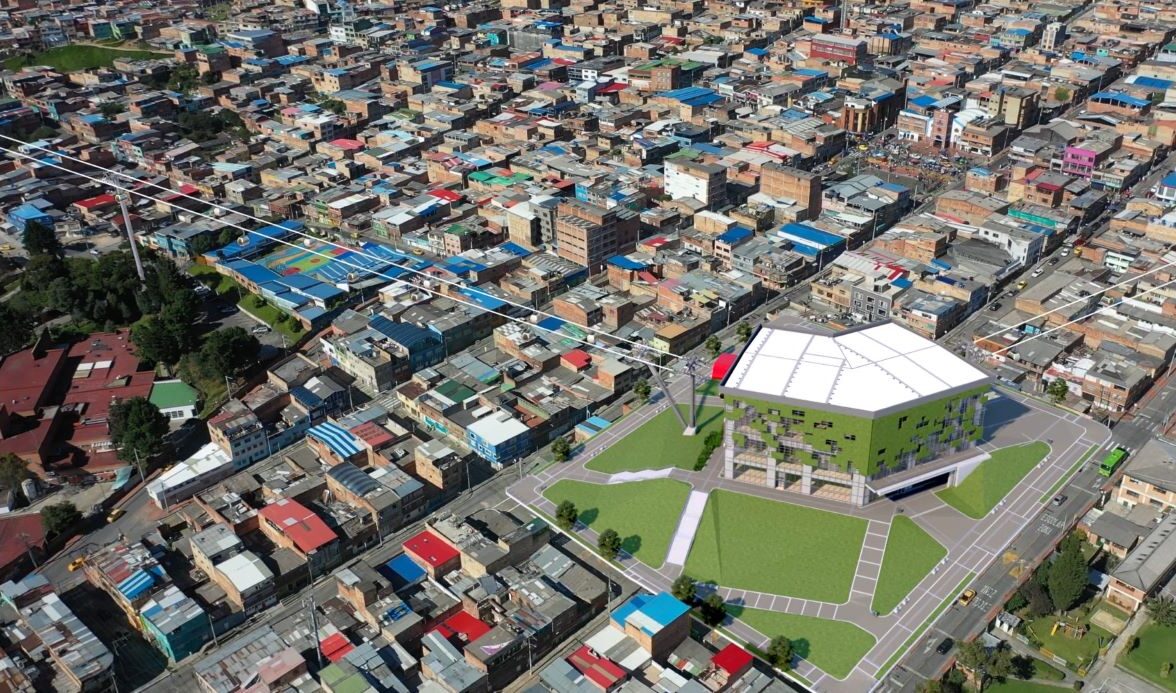
At what stage is the Potosí cable car?
The second cable car, Potosí, will be located in Ciudad Bolívar. Currently, we are in the bidding process. It will cover a distance of 3.3 km, and we expect it to be ready by January 2027.
Is there a need for more cable cars in Bogotá besides the three that currently exist or are planned?
According to our policies and the city’s long-term plans, we have identified seven cable car projects in total, including the three we’ve already mentioned.
Based on the city’s geography and accessibility, especially in the outskirts, cable cars are considered a more efficient and effective solution compared to regular buses traveling uphill and downhill.
This administration has a four-year term, which started last year in 2024 and will end in December 2027. During this period, we are committed to bringing two more cable cars to the city. However, there are already plans to develop even more in the coming years.
What time period is meant by “in the coming years”?
That will depend on prioritization. However, what’s important is that these projects are already included in our policies and long-term plans for the city. The timeline will also depend on the city’s budget and available funding.
As for the current administration, which I work for, we have committed to building two cable cars and have already allocated the necessary budget to make that happen.
Technical Details:
Cable Car San Cristóbal
| Investment: | $80M |
| Route Length: | 2,87 km |
| Travel Time: | 10 min |
| Number of Stations: | 3 |
| Number of Towers: | 21 |
| Number of Cabins: | 144 |
| Cabin Capacity: | 10 Passengers |
| System Capacity: | 4.000 Passengers/Hour/Direction |
| Opening Date: | February 2026 |
What were the main challenges you’ve faced in implementing and planning cable car projects?
One of the main challenges we’ve faced – not only with cable cars but in other projects as well — is acquiring the land needed for construction and negotiating with the current owners. Having those agreements finalized before construction begins is crucial.
Ideally, you want to own the land beforehand to avoid delays and keep the project moving smoothly. Sometimes, if these deals aren’t closed on time, they can become major constraints during construction.
Another challenge – but also an opportunity – was how to make the cable car more than just a public transport project.
We wanted to create a community around it, which meant engaging in social processes and understanding what the community needed. This involved asking what services the city should provide around the cable car stations, not just focusing on transportation.
For example, in Ciudad Bolívar, each cable car station includes community services like kindergartens, so mothers can leave their children there and go to work. This aspect required intense collaboration with the community to understand their needs and improve their access to essential services.
How do you see the future of urban transportation, and what role do you think cable cars will play in it?
I believe the future of urban transportation is about inclusion and equity – not just moving people from A to B, but improving their overall experience. It’s about connecting vulnerable and isolated communities who often lack access to public transport.
The focus should be on the human aspect: making the invisible visible by identifying who is currently underserved and integrating them into the system. Our goal is to provide solutions that truly meet the needs of those most in need, ensuring better connectivity and infrastructure for all.
